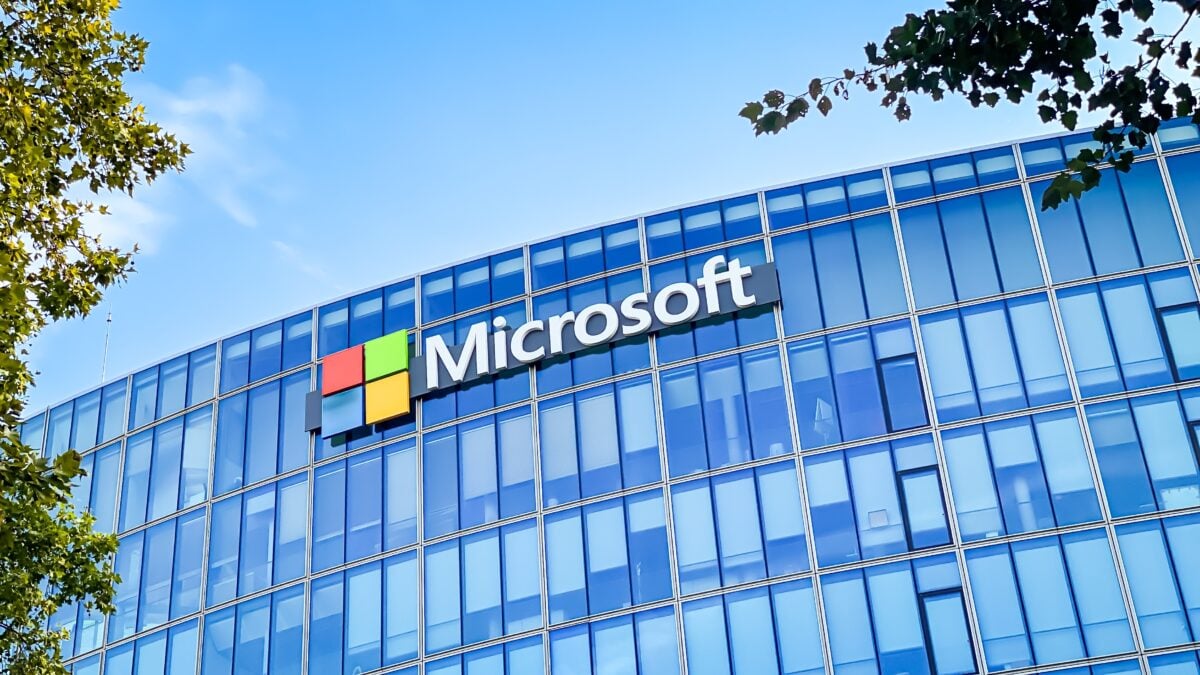TLDRs;
Contents
- Microsoft’s next-gen Maia AI chip delayed until 2026 due to design changes and staffing woes.
- The setback puts Microsoft at risk of falling behind Nvidia and other cloud rivals in AI infrastructure.
- Maia is now expected to underperform compared to Nvidia’s Blackwell chip released in 2024.
- Continued reliance on Nvidia may increase costs and limit Azure’s AI scalability.
Microsoft’s ambitious push into custom AI chip development has hit a significant snag, as its next-generation Maia chip will not enter mass production until 2026.
Initially planned for a 2025 rollout, the delay reflects ongoing design modifications, internal staffing issues, and a wave of employee turnover, according to sources familiar with the matter.
Announced in November 2023, Maia was expected to support Microsoft’s data center operations and bolster its AI capabilities, particularly for Azure and OpenAI workloads. The chip was a strategic pillar in Microsoft’s broader plan to reduce its reliance on Nvidia’s dominant GPU offerings. But the latest delay casts doubt over Microsoft’s ability to deliver on that timeline and maintain its competitive edge in the intensifying AI hardware race.
Mounting internal challenges stall chip production
Microsoft’s setback mirrors a familiar pattern within the semiconductor industry, where even the most resource-rich companies encounter delays due to the intricate nature of chip development. The Maia delay has reportedly been caused by evolving design targets that triggered significant changes mid-cycle, along with staffing constraints and high attrition within the hardware team.
These internal struggles echo past challenges faced by other tech giants, such as Intel’s multi-year delays with its 10nm chips or earlier Microsoft stumbles linked to third-party silicon shortages. Despite its financial muscle, Microsoft has not been immune to the unforgiving timelines and engineering demands that accompany cutting-edge chip design.
Falling behind in a high-stakes race
The delay also has broader implications for Microsoft’s role in the competitive landscape of AI infrastructure. Major cloud providers are now scrambling to develop proprietary silicon to better optimize AI workloads and reduce dependence on Nvidia, whose Blackwell chip launched in late 2024 and is already being integrated into hyperscale operations.
While Google’s Tensor Processing Units and Amazon’s upcoming Trainium3 chip are gaining traction, Maia now risks entering the market already behind. Analysts expect Maia to fall short of Blackwell’s performance benchmarks, weakening Microsoft’s hand as it competes to attract AI-heavy enterprise workloads to its Azure cloud services.
Reliance on Nvidia likely to persist
With Maia now pushed to 2026, Microsoft will likely remain dependent on Nvidia’s high-performance GPUs for another year, potentially inflating costs and constraining supply flexibility. Azure clients and OpenAI may face ongoing limitations in compute availability and pricing, a challenge that could impact Microsoft’s AI service delivery and profitability.
As the company continues investing in software-led AI integrations through Azure and its partnership with OpenAI, hardware constraints could limit its ability to scale efficiently. In the short term, this leaves Nvidia in a stronger bargaining position, especially as global demand for AI infrastructure shows no signs of slowing down.
Ripple effects through the AI ecosystem
Beyond Microsoft, the Maia delay illustrates how delays in foundational technology ripple through the entire AI value chain. From chip designers and cloud providers to software developers and end users, disruptions at the hardware level can bottleneck innovation at every layer.
In an era where AI capability is measured not just by algorithms but by the silicon that powers them, Microsoft’s stumble offers a sobering reminder: in the AI arms race, hardware execution is just as crucial as visionary strategy.


